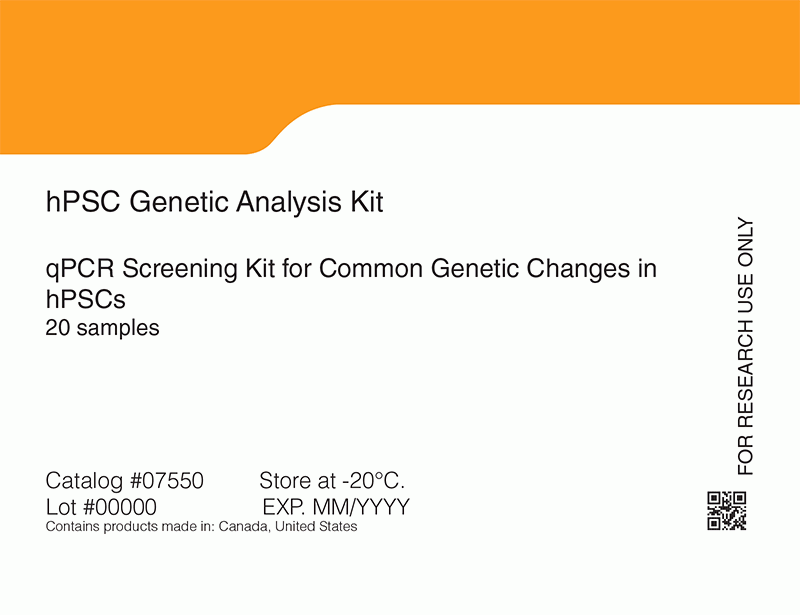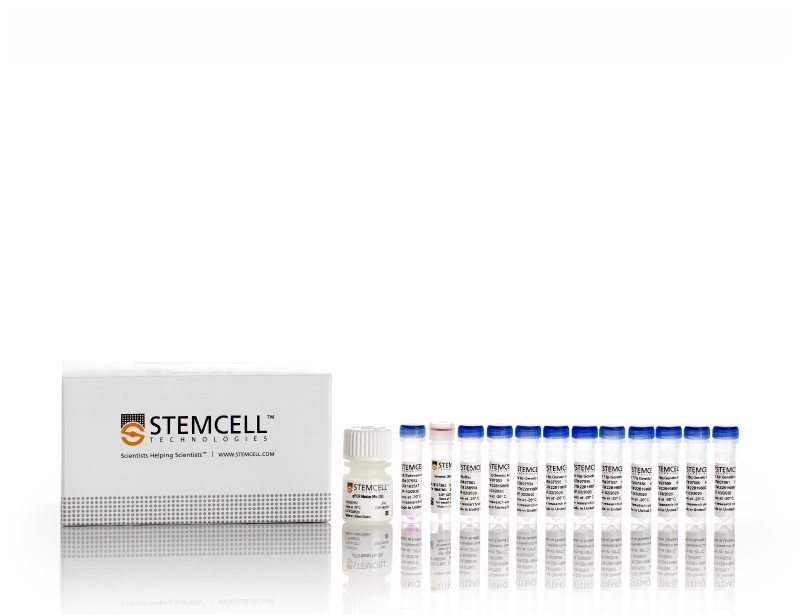概要
Specifically, the kit includes qPCR Master Mix, ROX Reference Dye, Buffer and primer/probe mixes designed to detect the critical minimal regions of these 8 commonly mutated regions along with a primer/probe mix to a control location in the genome. Additionally, a genomic DNA control is provided with demonstrated normal copy number over the regions of interest.
Our online Genetic Analysis Application ( www.stemcell.com/geneticanalysisapp ) is designed to help with data analysis and interpretation: simply input qPCR data and the tool will perform statistical analyses, assist with data interpretation, and provide visual representation of the data.
技术资料
| Document Type | 产品名称 | Catalog # | Lot # | 语言 |
|---|---|---|---|---|
| Product Information Sheet | hPSC Genetic Analysis Kit | 07550 | All | English |
| Safety Data Sheet 1 | hPSC Genetic Analysis Kit | 07550 | All | English |
| Safety Data Sheet 2 | hPSC Genetic Analysis Kit | 07550 | All | English |
| Safety Data Sheet 3 | hPSC Genetic Analysis Kit | 07550 | All | English |
| Safety Data Sheet 4 | hPSC Genetic Analysis Kit | 07550 | All | English |
| Safety Data Sheet 5 | hPSC Genetic Analysis Kit | 07550 | All | English |
| Safety Data Sheet 6 | hPSC Genetic Analysis Kit | 07550 | All | English |
| Safety Data Sheet 7 | hPSC Genetic Analysis Kit | 07550 | All | English |
| Safety Data Sheet 8 | hPSC Genetic Analysis Kit | 07550 | All | English |
| Safety Data Sheet 9 | hPSC Genetic Analysis Kit | 07550 | All | English |
| Safety Data Sheet 10 | hPSC Genetic Analysis Kit | 07550 | All | English |
| Safety Data Sheet 11 | hPSC Genetic Analysis Kit | 07550 | All | English |
| Safety Data Sheet 12 | hPSC Genetic Analysis Kit | 07550 | All | English |
| Safety Data Sheet 13 | hPSC Genetic Analysis Kit | 07550 | All | English |
数据及文献
Data

Figure 1. The hPSC Genetic Analysis Kit Identifies Chromosome 12 Trisomy
Chromosome 12 trisomy in WLS-1C human iPS cell line is (A) detected using the hPSC Genetic Analysis Kit (orange bar) and (B) confirmed by G-banding.
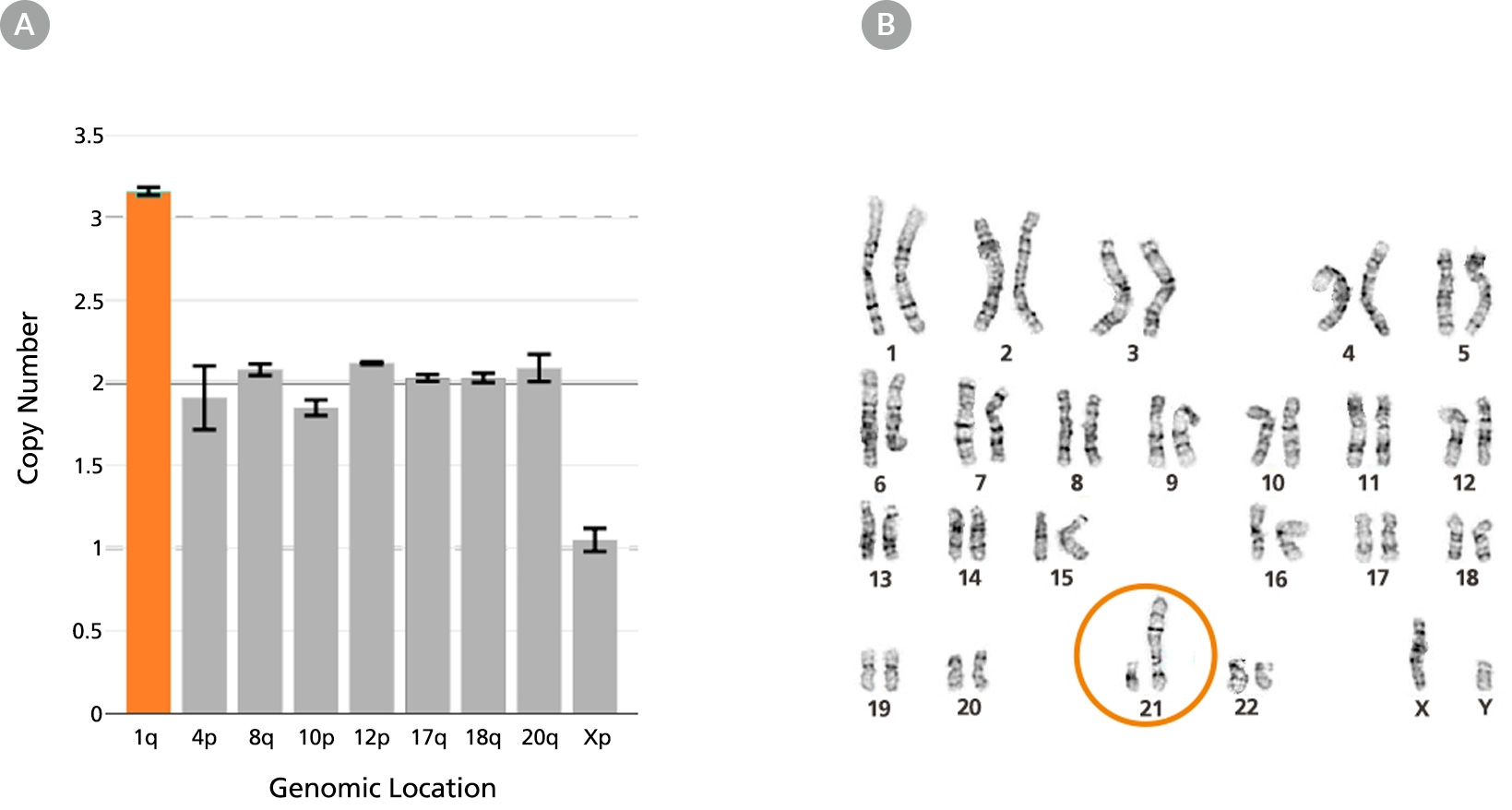
Figure 2. The hPSC Genetic Analysis Kit Identifies Chromosome 1 Duplication via Unbalanced Translocation
Unbalanced rearrangement of chromosome 1 in the WLS-1C human iPS cell line in which an extra copy of the long (q) arm of chromosome 1 translocated to the short arm (p) of chromosome 21 was (A) detected using the hPSC Genetic Analysis Kit (orange bar) and (B) confirmed by G-banding.
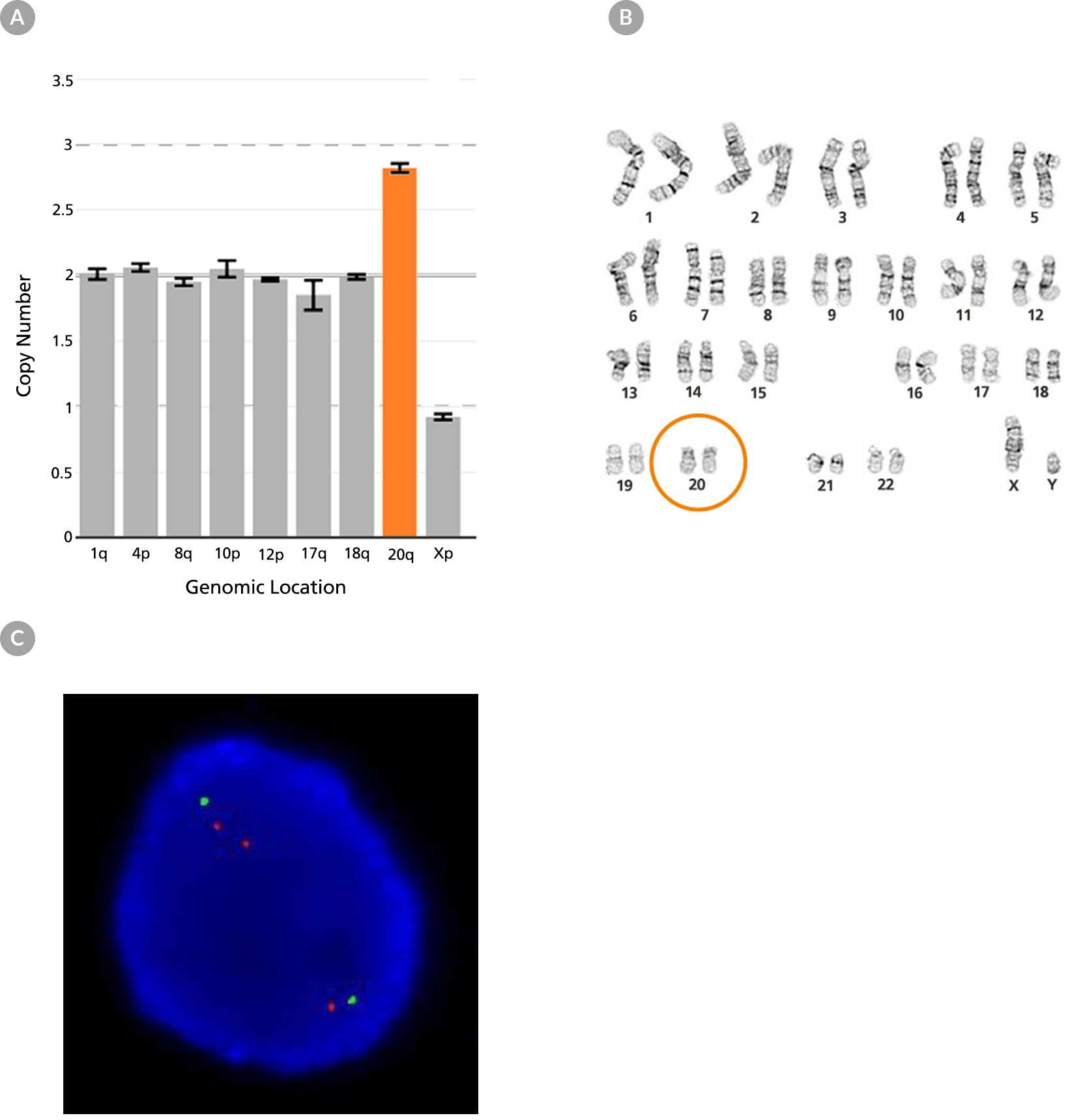
Figure 3. The hPSC Genetic Analysis Kit Identifies Chromosome 20q11.21 Duplication
Chromosome 20q duplication in WLS-1C human iPS cell line is (A) detected using the hPSC Genetic Analysis Kit (orange bar), (B) undetected by G-banding, and (C) confirmed by fluorescent in situ hybridization using probes for 20p11 (green) and 20q11.21 (red).
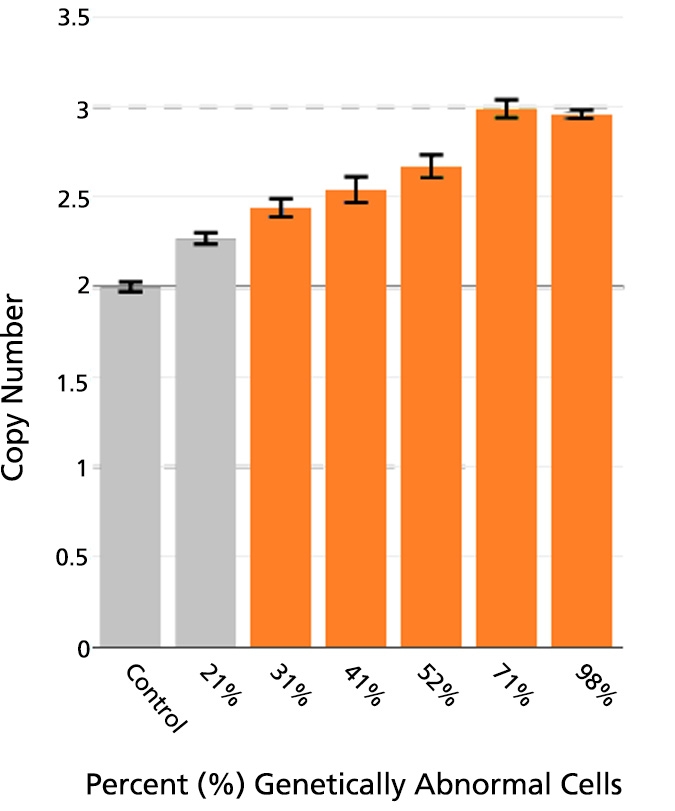
Figure 4. The hPSC Genetic Analysis Kit Identifies Abnormalities in Cultures with Approximately 30% Mosaicism
Genetically normal WLS-1C human iPS cells were mixed in the indicated ratios with WLS-1C human iPS cells containing a chromosome 20q duplication. Cultures with approximately 30% genetically abnormal cells exhibit a significantly enriched population of 20q11.21 duplication (orange bars).

 网站首页
网站首页
